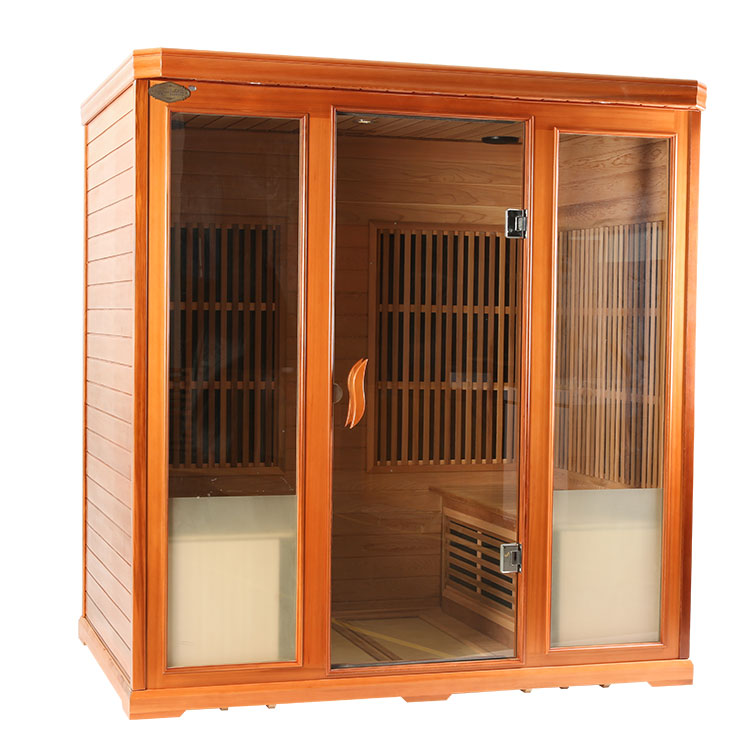Creating a customized solid wood sweat steaming room
2024-04-09
Creating a customized solid wood sweat steaming room, also known as a sauna, can be a rewarding project for your household. Here's a guide on how to go about it:
1. Design and Planning: Decide on the size and design of your sauna. Consider factors such as available space, the number of users, and any specific features you want to include.
2. Selecting Wood: Choose a suitable wood for your sauna. Cedar and hemlock are popular choices due to their natural resistance to moisture and heat. Ensure the wood is untreated and free of knots, as knots can release resin when heated.
3. Construction: Build the sauna frame using sturdy materials such as 2x4 or 2x6 lumber. Ensure the frame is properly insulated to retain heat and prevent energy loss. Install the walls, ceiling, and flooring using your chosen wood, making sure to leave space for ventilation.
4. Heating System: Decide on the heating system for your sauna. Traditional saunas use a wood-burning stove or electric heater with sauna stones. Infrared heaters are also an option for a more modern approach. Follow the manufacturer's instructions for installation and ensure proper ventilation around the heater.
5. Seating and Interior: Install benches inside the sauna at different heights to accommodate users' preferences. Use solid wood for the benches and avoid varnished or treated wood, as it can emit harmful fumes when heated. Consider adding backrests for comfort.
6. Ventilation: Install vents or a small window to allow fresh air circulation. Proper ventilation is essential to prevent moisture buildup and ensure a comfortable sauna experience.
7. Doors and Windows: Install a sturdy, insulated door with a tight seal to keep heat inside the sauna. Consider adding a small window in the door for visibility and aesthetics.
8. Accessories: Include accessories such as a bucket and ladle for water, a thermometer/hygrometer to monitor temperature and humidity, and towels for sitting or wiping sweat.
9. Lighting: Install heat-resistant lighting fixtures inside the sauna. LED lights are a good choice as they produce minimal heat and consume less energy.
10. Finishing Touches: Apply a natural finish to the wood surfaces inside the sauna to protect them from moisture and enhance their appearance. Be sure to use a finish that is safe for use in high-temperature environments.
11. Safety: Install safety features such as a timer and emergency shut-off switch. Ensure the sauna is equipped with proper lighting and that all electrical components are installed according to safety standards.
12. Maintenance: Regularly clean and maintain your sauna to ensure it remains in good condition and hygienic for use. This includes wiping down surfaces, cleaning the heating elements, and checking for any signs of wear or damage.
Before starting construction, be sure to check local building codes and regulations, as there may be specific requirements you need to adhere to. If you're unsure about any aspect of sauna construction or installation, consider consulting with professionals to ensure safety and optimal performance.



